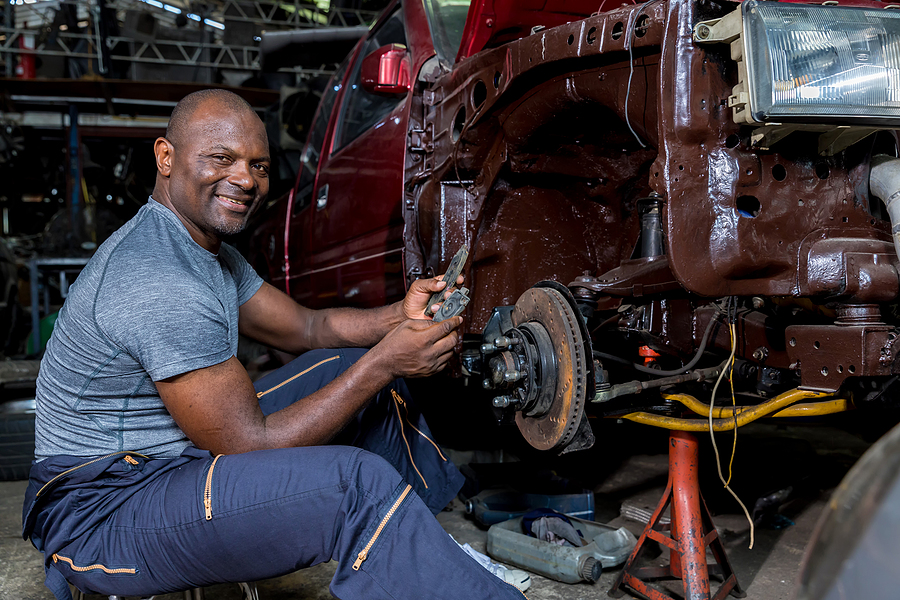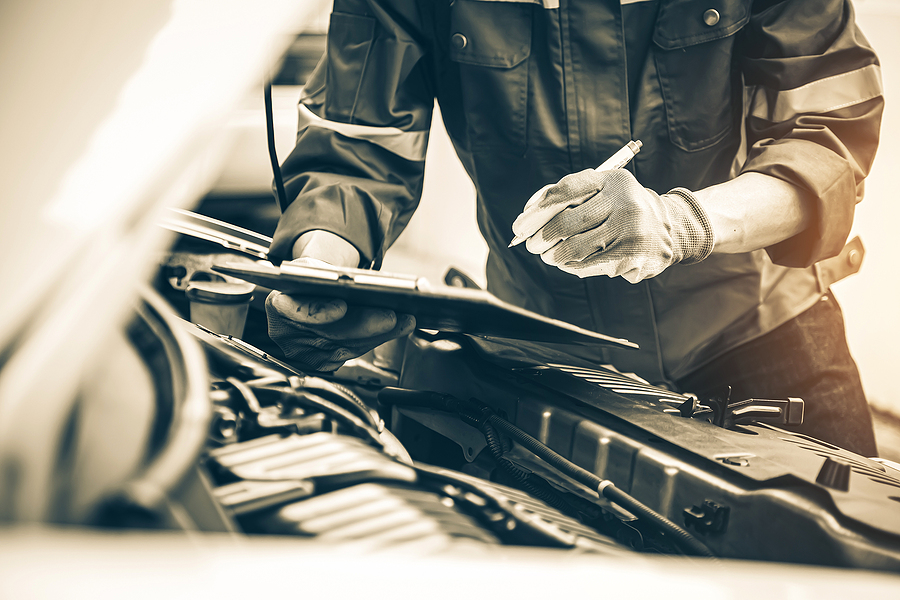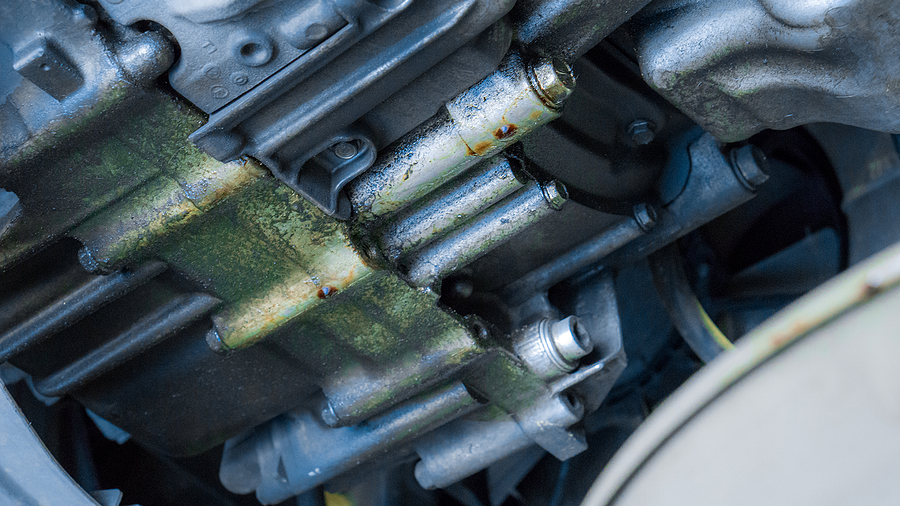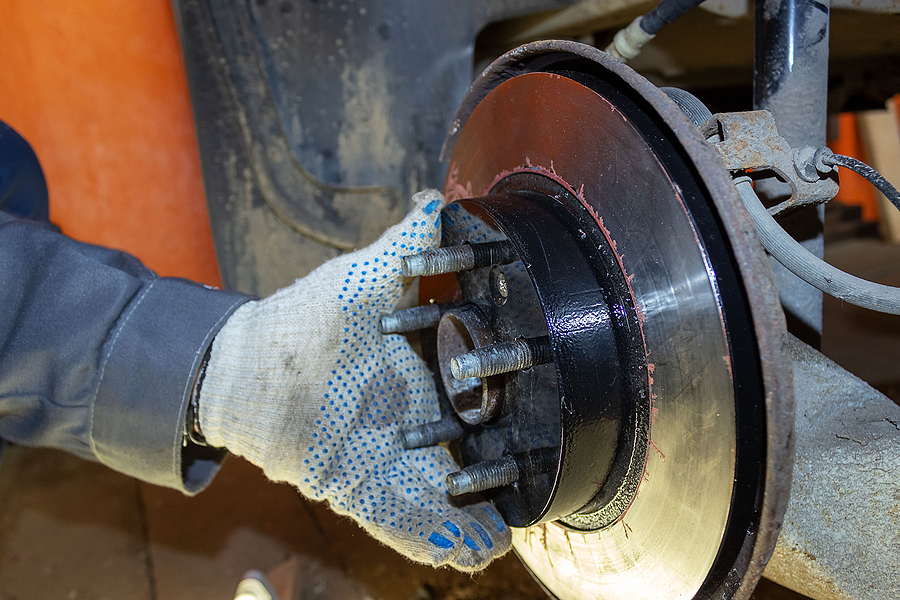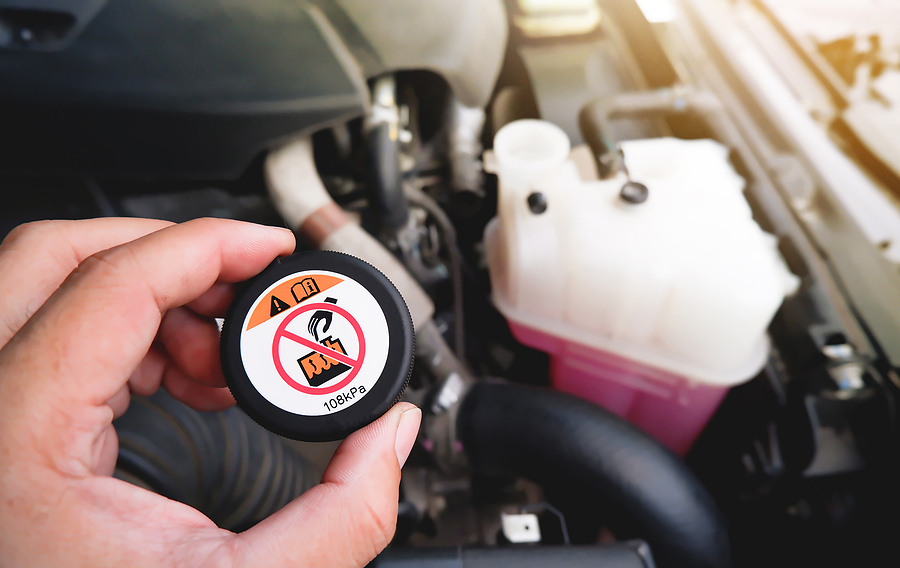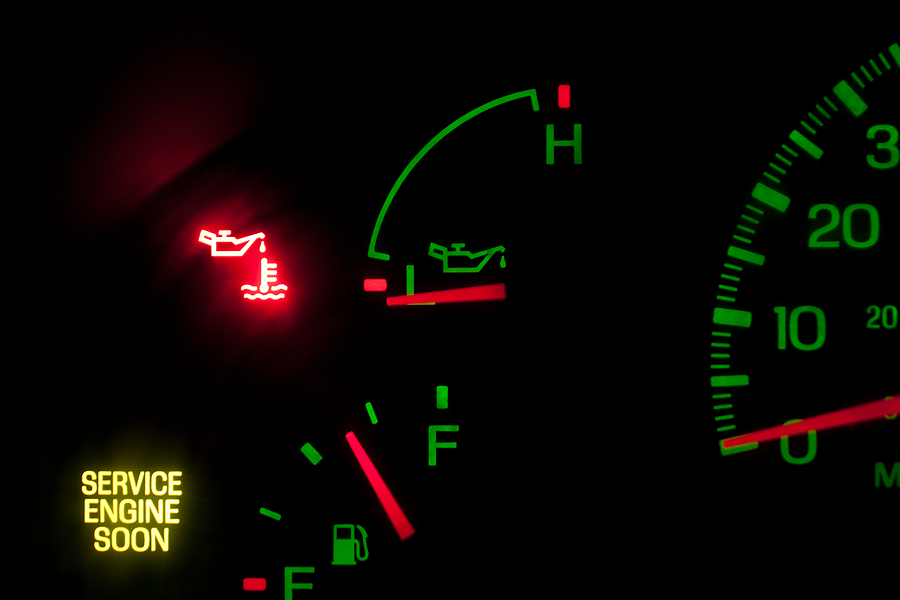If you’re a car enthusiast or car owner, you know the importance of having a car that runs smoothly and efficiently. But when auto electrical problems arise, it can be both frustrating and confusing trying to diagnose and solve them. From faulty wiring to dead batteries, car electrical issues can range from minor inconveniences to major safety hazards.
Fortunately, with some basic knowledge about car electrical systems and the right tools for the job, many common auto electrical problems are easily fixed. This blog post will cover how to diagnose and solve common auto electrical problems quickly and safely so you can get back on the road in no time!

The 101 on Car Electrical Systems and Their Typical Issues
To start, it’s important to get familiar with car electrical systems. This includes understanding how the car’s battery works, and the different types of wiring used in car electrical systems. It also helps to understand basic car electrical principles such as voltage and current, which are both measures of the flow of electricity through a circuit.
The next step is to diagnose car electrical problems. This starts with identifying the source of the problem, which could be anything from a worn or broken part to a loose wire connection. You can use a multi-meter to check for voltage and current at different points in the car’s electrical system. This will help you narrow down where the issue lies.
Once you’ve identified the source of the car electrical problem, it’s time to start solving it. This will require some basic car electrical repair knowledge and tools. Some common car electrical repairs involve replacing faulty wiring or switches, reconnecting loose connections, and recharging or replacing car batteries.
Finally, make sure to properly maintain car electrical systems. This includes checking car battery levels and wiring connections regularly, as well as replacing any worn out parts or components. Doing so will help you avoid car electrical problems in the future and ensure your car is running smoothly and efficiently for years to come!
Get Ahead of Auto Electrical Issues With Good Car Care
By following these steps, you can quickly diagnose and solve common auto electrical problems with ease. With the right knowledge and tools, car electrical systems can be easily maintained and repaired for a safe and smooth car-ownership experience.
Got car electrical problems? Don’t worry, we can help! Contact Northeast Auto Service at 317-475-1846 to get started on diagnosing and repairing your car’s auto electrical issues, quickly and at a price you can afford. We look forward to helping you get back on the road in no time!
Related Posts:
Can Cold Weather Damage My Car?
How Much Does Alternator Repair Cost?
A Common Myth About Repairing Cars Under Warranty

